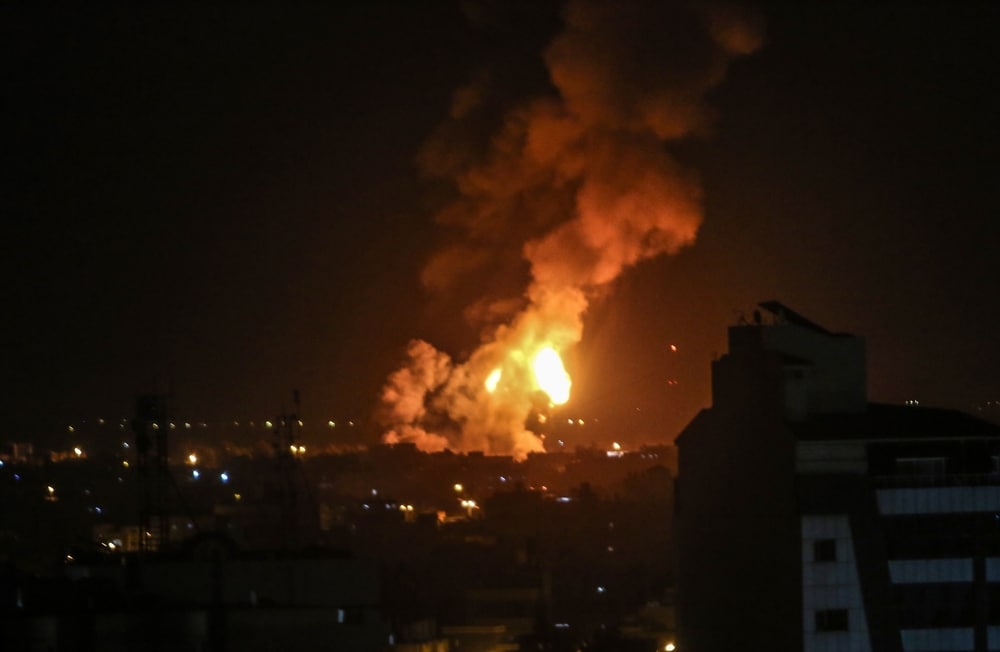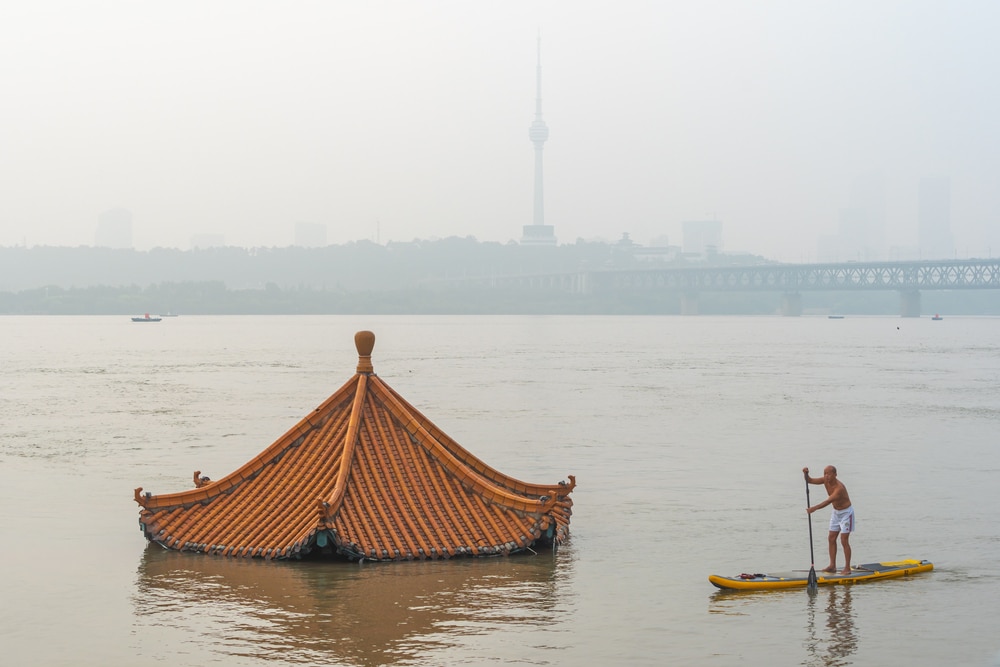When Tropical Cyclone Mekunu rumbled over Oman in May, it dumped torrential rainfall on the city of Salalah. Now, a new satellite image reveals the extent of unloaded rainfall in the nearby desert of Rub’ al-Khali, the world’s largest sand desert and (normally) one of the driest places on Earth. The image, taken by NASA’s Operational Land Imager three days after the storm brought heavy rains to the region—Salalah saw 11 inches of precipitation in just 24 hours, more than double its yearly average—captures the
arid desert’s typical large swaths of sand with ripples sculpted by wind. But there’s one novel feature: water lakes in the flat lowlands between the sand dune tops.Aside from being quite the sight, these bountiful rainwater deposits could be beneficial for local business. “The land will need 30 days to sprout their summer plants,” Ali Al- Hatish, a regular visitor desert visitor, told Al Arabiya.net. After that, camel owners expect this vegetation to feed their camels for the next two years. READ MORE
















